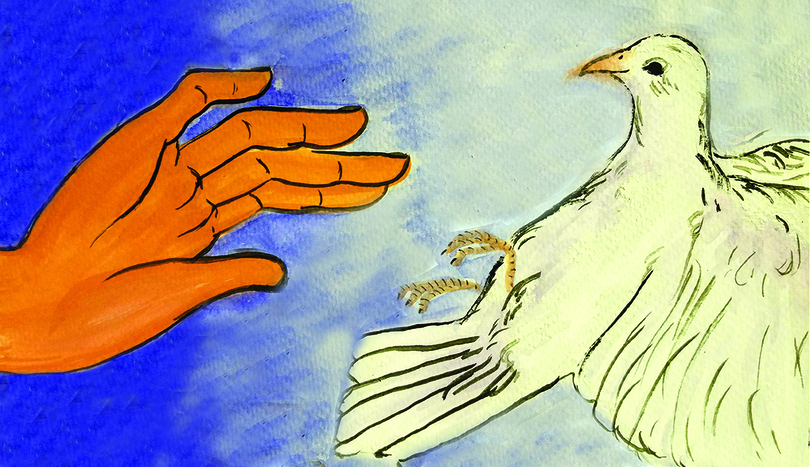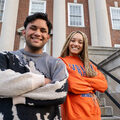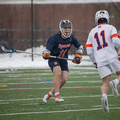Through their conversations, Rogers learned that she was very similar to Matthews’ daughter. Both girls loved God, music and serving children in their communities. And they both shared deep bonds with their mothers.
“She would ask me about myself and she was like, ‘Yeah, Kesha did that too!’ or ‘Yeah, Kesha liked that too!’” Rogers said. “And I’m just like, so overwhelmed with emotion and everything.”
Other scholars did not hear back from the families of the students they’re representing. Though the students may not receive responses, their outreach is still appreciated, said Kelly Rodoski, one of the advisers for Remembrance Scholars. Rodoski added that it’s a life lesson for the scholars to learn, “that people handle things in different ways.”
Several scholars said the lack of a collection in their student’s name and not being able to contact the student’s family was difficult at first, but left more room for them to develop the connection with the student themselves.
“It’s not disheartening, I think that it creates a lot of opportunities for imagination — not to say that I’m making up anything about Pamela,” said Farrell Brenner, who is representing Pamela Herbert, a Bowdoin College student who was studying abroad through SU.
“I think it also opens the door for me to accept my limitations in this process, as an aspiring historian, as a Remembrance Scholar, accepting the very human limitations of not knowing and that I can’t know,” she added.
Brenner, a senior women’s and gender studies and citizenship and civic engagement double major, said she entered the process of being a Remembrance Scholar with the perspective that even the scholars representing students with collections could “never truly know them” because they’d never meet them.
Clayton Baker, a senior international relations and information management and technology double major, said “it would have been easier” if there was more information about his student, Cynthia Smith, but he said he almost enjoys the mystery of not knowing everything about her.
I think it also opens the door for me to accept my limitations in this process, as an aspiring historian, as a Remembrance Scholar, accepting the very human limitations of not knowing and that I can’t know.Farrell Brenner, 2016-17 Remembrance Scholar
Charlotte Balogh initially was disappointed that there hadn’t been more in the archives of Amy Shapiro, but after talking with her mother, Balogh realized that Shapiro’s family perhaps didn’t donate a collection to the archives because they didn’t want to let a piece of her go.
Since then, the lack of information about Shapiro in the archives hasn’t been the difficult part of representing Shapiro, Balogh said. Rather, what’s difficult is juggling the feeling of “what right do I have” to represent her, she said.
“Even though we go through interviews and we’re chosen, things like that, this family lost a child, and you know it was important for them, and I’m some random person,” said Balogh, a senior television, radio and film major.
“… So for me it’s been a process of being mindful of that space because even though I think I can represent her here on campus, I’m not her and I can’t be everything she could’ve been because no one knows what that is,” she added.
Balogh said she is similar to Shapiro because they were both students in the S.I. Newhouse School of Public Communications, because they both were said to have warm personalities and because Shapiro’s life motto — “Limits only exist in one’s mind” — resonated strongly with Balogh.
Despite these initial connections, Balogh said Shapiro became real to her when she was walking in Bird Library and saw Shapiro’s photograph on display. It was the first time Balogh had seen the photo, which shows a happy-looking Shapiro wearing a fedora, “in a context of happiness, not so much in a context of like, ‘remember this person,’” she said.
The normalcy of the photo is what made it real to her, Balogh said. And while she has a lot of surface-level connections with Shapiro, like participating in a lot of clubs while they were in high school, Balogh said she doesn’t think that’s an accurate representation of who Shapiro was.
“But then that can never be captured in a box,” she said.






